Content:
Tomatoes are one of the most popular greenhouse crops. In this case, a greenhouse (or greenhouse) can be constructed from completely different materials that allow sunlight to pass through to the seedlings: film, polycarbonate or glass. And those who do not have a garden area practice growing tomatoes in greenhouses and on balconies.
Even with the implementation of all the rules of agricultural technology and caring for tomatoes, sometimes problems arise that the gardener cannot foresee. Most often they are caused by weather conditions. Sometimes a gardener, arriving at the site, sees a sad picture: sluggish bushes thenmats with discolored sheet plates. Knowing what to do if the tomatoes are burnt in the greenhouse can save the crop.
First, it is worth assessing the area of damage. If only the leaves are burnt, you need to start reanimating the seedlings; if stems and roots are burned, you will have to replace the seedlings with a new one.
What to do if the tomatoes in the greenhouse are burnt with minor burns? In this case, it is recommended to simply remove the burnt leaves. If there are a lot of them, they should be cut in stages, not all at once, otherwise the seedlings will get even more stress. Tomatoes will recover quickly after pruning, but the harvest time will be delayed by several days or even weeks. It all depends on the degree of damage.
Note! Dry white spots on tomato leaves can occur not only from sunburn and overheating. Plants can also be burned by adding fresh manure to the soil.
What to do if tomatoes are burning in a greenhouse
To make tomatoes feel comfortable in the greenhouse, you need to arrange through ventilation in warm sunny weather: open both the doors and the vents. This will not only protect the plants from overheating, but also prevent the development of late blight. If, for some reason, they forgot to open a greenhouse or a greenhouse in the heat and the tomato seedlings still burned in the sun, what to do in this case? It is important to immediately ensure the proper temperature regime for the seedlings: the optimum temperature during the day is +230…+250C, and at night - +180FROM.
Important! At temperatures above +300With the flowers of tomatoes become sterile, as a result, the yield of plants is sharply reduced.
There are several tricks that can lower the temperature inside the greenhouse by several degrees.
- Shading. A simple and effective method for creating shade on particularly hot days. You can apply the design in different ways: special mesh (the degree of protection from the sun depends on the size of the cells), newspapers, spunbond and other white materials. Can be applied a special solution on the outer surface of the greenhouse. It can be prepared from scrap materials, for example, dilute 200 g of chalk in a bucket of water. You can also replace chalk with 2 kg of flour and 0.5 l of milk. It is easily washed off with water.
Important! Shading should be temporary: after the hot days are over, it should be removed. - Watering followed by airing. If the tomatoes in the greenhouse are burnt, abundant watering must be provided on the same day. It should be carried out only in the early morning or late in the evening, since in the daytime the water supplied under the tomatoes evaporates quickly and forms condensation on the walls of the greenhouse. The minimum airing time after watering is 1 hour.
- Automatic regulator. The thermostat will greatly facilitate the ventilation of the greenhouse in cases where it is not possible to come to the garden area every day. Production regulators are not cheap, so inventive gardeners install homemade hydraulic ones. The latter are assembled from two cans, closed with metal lids and interconnected by pipes. Most of them should be filled with water. It is hung next to the window, and the smaller one is on the top of the window frame. A bar is nailed to the lower part of the frame, which acts as a counterweight.
The action of this uncomplicated mechanism is as follows: at an elevated temperature inside the greenhouse, water from a larger can under air pressure moves through pipes to a smaller container and the window will open. When the temperature drops, the air will, accordingly, be compressed and move the water back - the window will close.
All of the above methods are relevant for greenhouses. On the ground, other measures will be required.
What to do if tomatoes burned under the film
First of all, in a film greenhouse, you need to replace the covering material with non-woven white, for example, spunbond. And, as in the previous case, shed and check the seedlings at night.
To the question "How to save tomatoes if they burned out in a greenhouse?" experienced summer residents will answer - by spraying with Epin solution. This drug is considered one of the most popular and proven growth promoters. In case of burns of tomatoes of various degrees, treatment with "Epin" will help them quickly build up the necessary green mass and develop stress resistance. For this, a solution is prepared at the rate of 1 ampoule / 5 l of water and applied with a spray bottle to the aerial part of the plant.
Note! Such processing should be carried out in cloudy weather or in the evening, otherwise the tomatoes will get even worse burns.
As a preventive measure for the development of stress resistance in tomato seedlings, treatment with "Epin" is carried out periodically, once every two weeks. In order for tomato seedlings to be more resistant to changes in weather conditions in the future, they must be pre-hardened: young plants need to be taken out into the street for a short time or often open the windows in the greenhouse.
Other ailments of greenhouse tomato seedlings
Tomatoes can not only burn out, they are also threatened by other diseases: various late blight and rot caused by fungi, viral diseases, etc., there is a risk of damage by greenhouse pests. Most of these problems are difficult to deal with, they are able to destroy tomato seedlings even before they are planted in the beds. Therefore, it is very important to carry out preventive measures to protect tomato seedlings: spraying with "Fitosporin" against phytophthora, Bordeaux mixture, etc. If, nevertheless, tomato seedlings get sick or a pest has wound up in the greenhouse, there are two ways to fight:
- special purchased means;
- folk methods.
The latter are suitable for those who are fond of growing environmentally friendly tomatoes without the use of chemicals.
Many gardeners grow seedlings on their own from seeds: sow, take care, water, and so on for three months before planting. A couple of hot days can kill all the fruits of their efforts, because even a short-term effect of high temperatures on tomatoes can be disastrous. Therefore, it is very important to monitor the weather and stock up on all the necessary materials to lower the temperature inside the greenhouse or under the film.
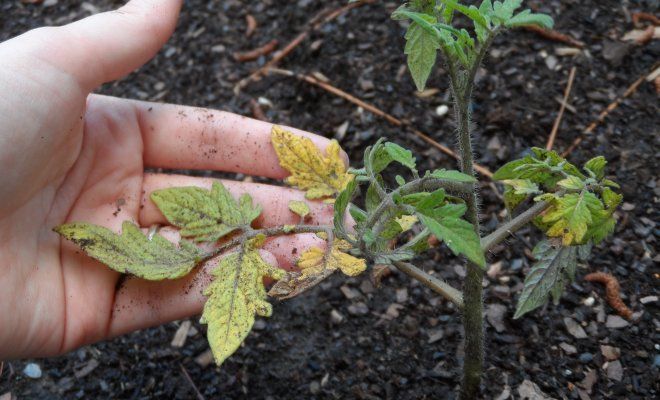



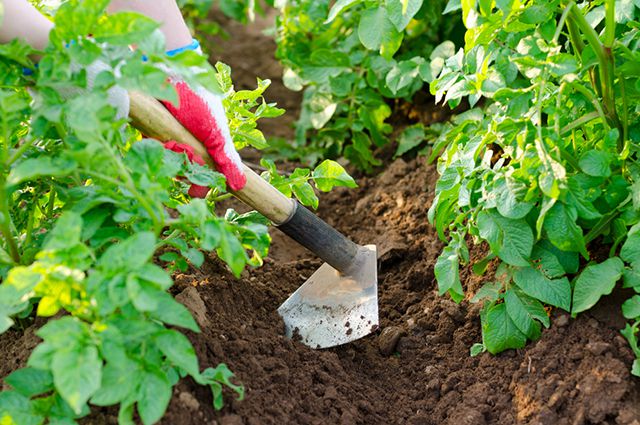

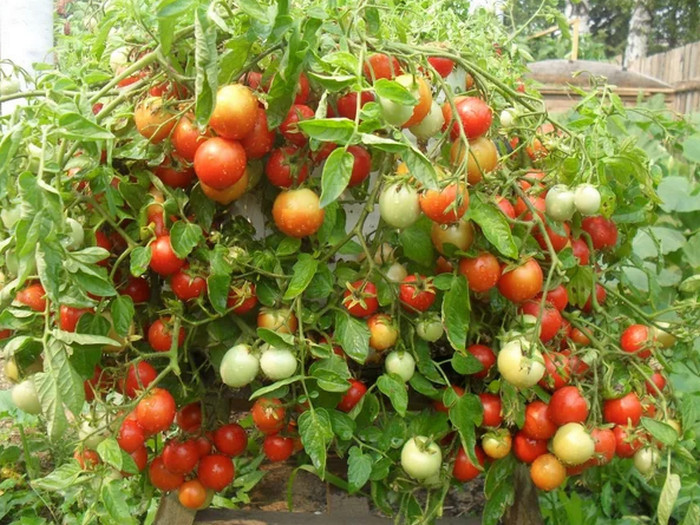
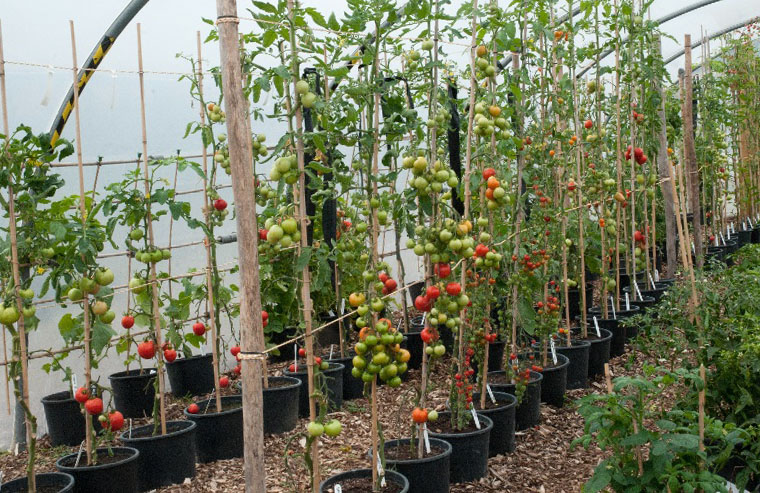
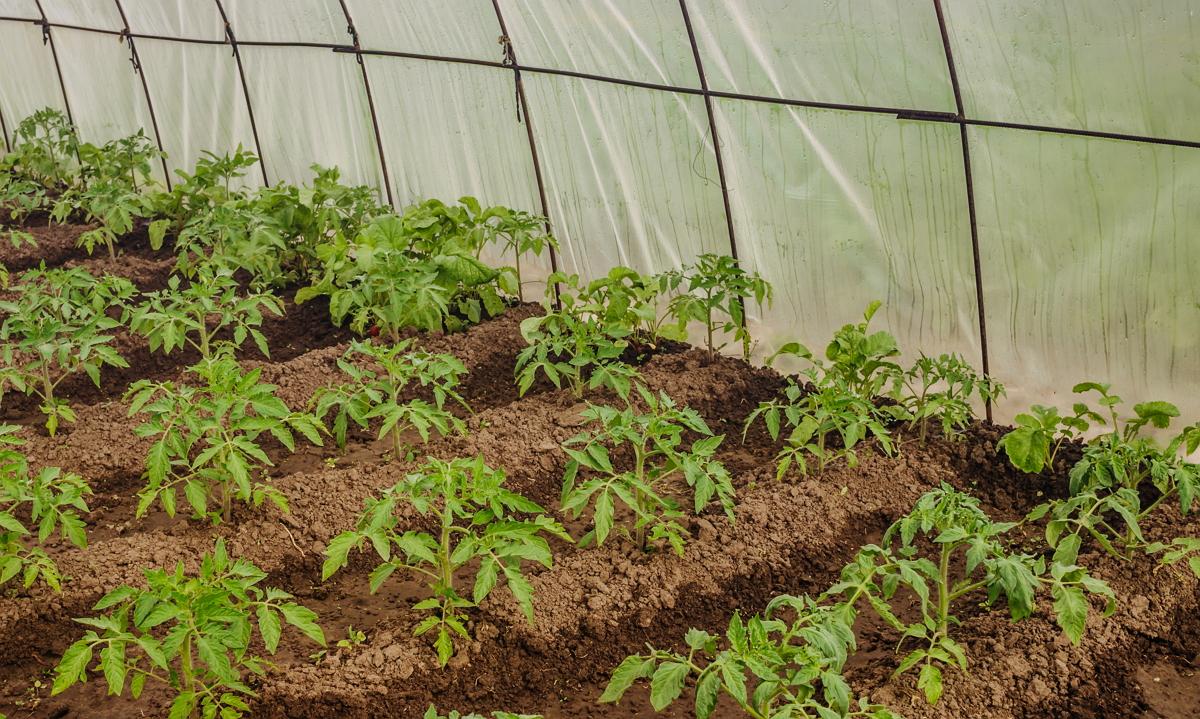







Tomatoes are very tenacious, they even grow from stepchildren, just so that there is a root.You can help tomatoes by spraying live leaves with ecopin or zircon. Of course, shading and care are required.
Yes, it is - it is important to constantly monitor the temperature in the greenhouse, ventilate it, sometimes you need to open the doors, and not just the window. I grow tomatoes myself, I have already burned myself on this. But life teaches quickly.
Agriculture science is far from simple, especially if it is practiced in the area of risky farming. We don't have a year for a year, then everything is frozen, then burned out in the sun, and the greenhouse did not help. But nothing, we are not going to give up.
We must not forget to monitor the temperature in the greenhouse and, in general, the temperature outside, especially when flowers have already appeared in tomatoes, it's a pity if they disappear, and then you have to start all over again.
Oh, and I am familiar with this problem from personal experience. When I was just starting to grow tomatoes at the dacha, I was afraid that they would freeze and I opened it for airing when it turned out to be a steam room. Then a neighbor brought me to his senses, once she came to visit and saw my closed greenhouse. Fortunately, modern novice summer residents can now read such articles.
It is important to immediately ensure the proper temperature regime for the seedlings: the optimum temperature during the day is + 230 ... + 250C, and at night - + 180C. In the sense of?
Important! At temperatures above + 300C, the flowers of tomatoes become sterile, as a result, the productivity of plants decreases sharply. No wonder the seedlings die. )))